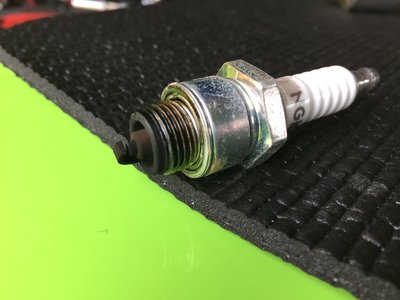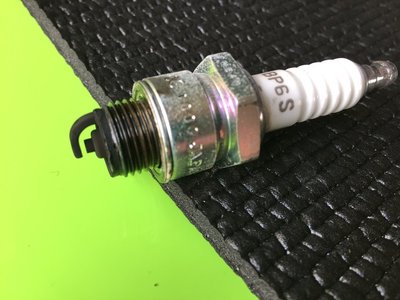As a part of the troubleshooting i've decided to have a closer look at the spark plugs to see what story they tell.
As i keep having the engine stumble every now and then, knowing the fuel supply is good there might be more going on.
Spark plugs are NGK BP6 S, so heat rating 6 to me and as per stock should be a gap of 0.035".
I checked the gap and found most of them accepting a 0.030" feeler gauge, which makes sense as from what i read is that with higher powered engines the gap should be reduced.
Knowing the engine has been modified and puts out more power then stock i am wondering if this type of plug with that gap is a decent setup for this engine.
See the pictures of the average spark plug, the core is not fouled with carbon so it does burn clean and shows a quite reasonable color, on the outer ring there is fouling and some carbon build up but nothing major to me.
I've cleaned them all up/checked gap and reinstalled them, the random stumble at proper throttle remains.
Could there be some temperature issue that happens once the engine get high loads and the spark plugs start to get hot?
So once at higher operating temperature in the combustion chamber the spark plug fail to give a good/strong spark or something?
My ignition consists of a MSD distributor (ready-to-run) w/o vacuum advance, MSD Blaster SS coil, and MSD 8.5mm plug wires.
Coil has a direct feed from battery through a relais.
Battery has been in overcharge conditions for some time and has been boiled before but have seen no weird issues with it and still works well i guess.
Makes me wonder when the engine get higher revs the alternator also will put out quite some voltage which could cause issues? (just far guess here?)





















